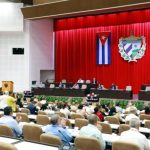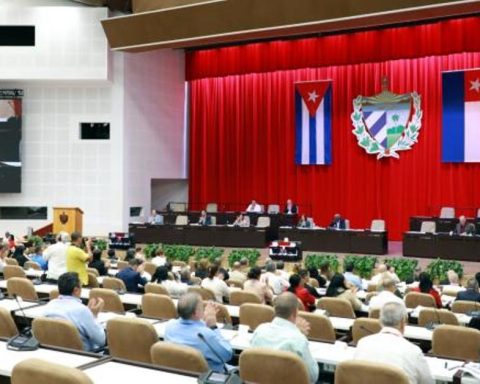The unemployment rate reached 9.3% in the quarter ended in June, which represents a drop of 1.8 percentage points in relation to the previous quarter. According to the Brazilian Institute of Geography and Statistics (IBGE), it is the lowest level for the period since 2015, when it stood at 8.4%.
The number of unemployed fell 15.6% in the quarter and reached 10.1 million people, 1.9 million less than in the previous quarter. The numbers are in the Continuous National Household Sample Survey (Pnad), released today (29) by the IBGE.
For the coordinator of Household Sample Surveys at the IBGE, Adriana Beringuy, the movement of retraction in the unemployment rate in the second quarter is similar to that observed in other years. “In 2022, however, the sharpest drop in this rate was caused by the significant increase in the employed population compared to the first quarter”, she pointed out.
employed population
Survey data reveal that the employed population is the largest since the beginning of the survey’s historical series, in 2012. The contingent was estimated at 98.3 million, which is equivalent to a 3.1% increase compared to the previous quarter.
In all, it represents 3 million more people in the labor market. Among them, 1.1 million are informal. “In comparison with the same period last year, the increase is 8.9 million workers. With the growth, the level of employment – percentage of employed people in the working age population – was estimated at 56.8%, advancing 1.6 percentage points. compared to the previous quarter”, added the IBGE.
The number of informal workers was estimated at 39.3 million and is also the highest in the indicator’s historical series, which started in 2016. In relation to the previous quarter, it means an increase of 2.8% (1.1 million people). This population includes workers without a formal contract, employers and self-employed workers without CNPJ, in addition to auxiliary family workers.
The informality rate was 40% in the quarter ended in June. According to Adriana Beringuy, among other factors, the numbers were influenced, in this second quarter, by the resumption of growth in the number of self-employed workers without CNPJ, which had fallen in the first quarter.
“In addition, other main categories of informality, which are employees without a formal contract in the private sector and domestic workers without a formal contract, continued to increase”, he informed.
own account
The number of self-employed workers, including formal and informal workers, was estimated at 25.7 million. This is the largest contingent for a quarter ended in June since 2012. Compared to the previous quarter, there was an increase of 1.7% (431 thousand people) and 4.3% (1.1 million people) in relation to the same period of the previous year. last year.
Among the employees without a formal contract in the private sector, there was a growth of 6.8% or more 827 thousand people, if compared to the last quarter. “With this, the contingent was also the largest in the series, as it is estimated at 13 million people”, informed the IBGE.
The number of unregistered domestic workers grew 4.3% in the period, equivalent to 180 thousand people. With the increase, this category is now formed by 4.4 million workers”.
The survey also showed that the growth in the number of informal workers is related to some activities in the service sector, impacted by social isolation measures during the pandemic.
According to the coordinator, it is possible to observe that an important part of the services, such as those provided to families, has a large participation of informal workers and is influencing this reaction of the occupation. “This has also occurred in construction, a sector with a significant portion of informal workers. So informality plays an important role in the growth of occupation,” she added.
In the formal labor market, the greatest increase in absolute terms occurs among employees with a formal contract in the private sector. The category grew 2.6% in the quarter, an increase of 908 thousand people. In the year, the increase is 3.7 million workers or 11.5%.
The number of employers with CNPJ was stable compared to the last quarter. In the annual comparison, it rose 12.7%. Of the 4.2 million employers, 3.4 million or 81% are formal.
Performance
The IBGE estimated the usual real average income at R$ 2,652. The value represents stability in comparison with the first quarter. In the year, it fell by 5.1%.
In the opposite direction, the mass of income, which is the sum of income paid to employed persons, reached R$ 255.7 billion, an increase of 4.4%, in comparison with the previous quarter and of 4.8% in relation to to the same period last year.
In the coordinator’s view, the results reflect the expansion of occupancy in the quarter. “Although there is no increase in the average income of workers, there was an increase in the mass of income because the number of people working is quite high”, she reported.

















